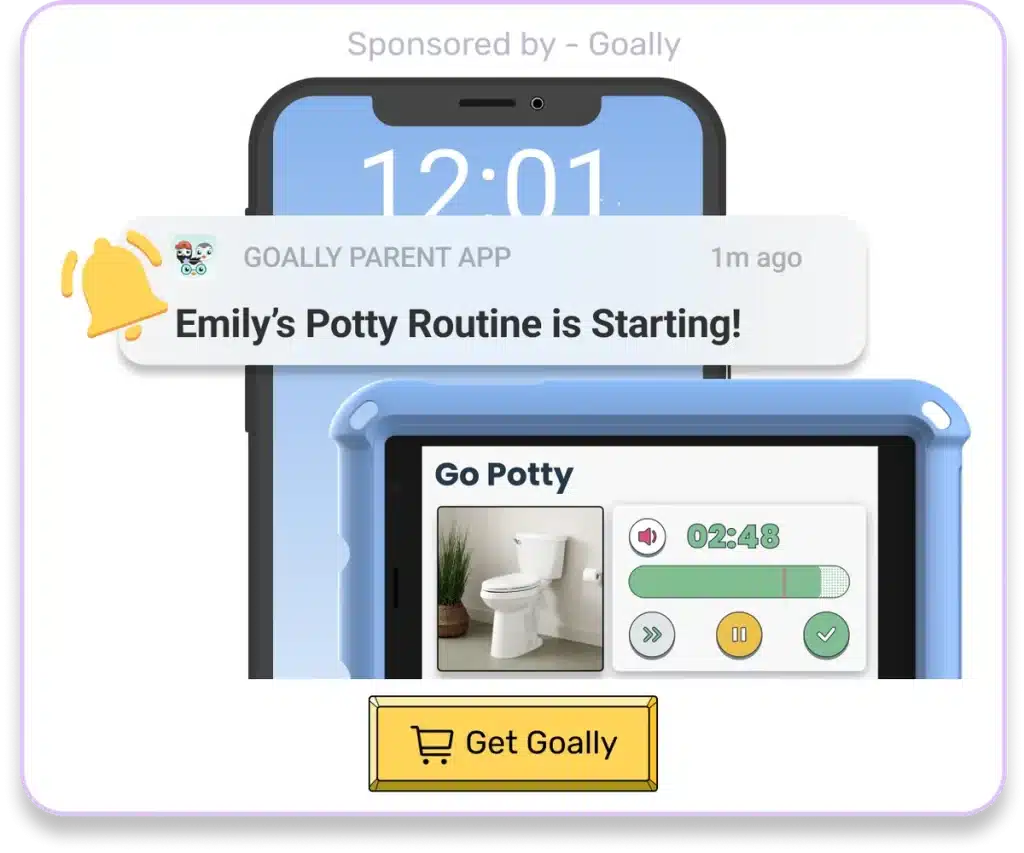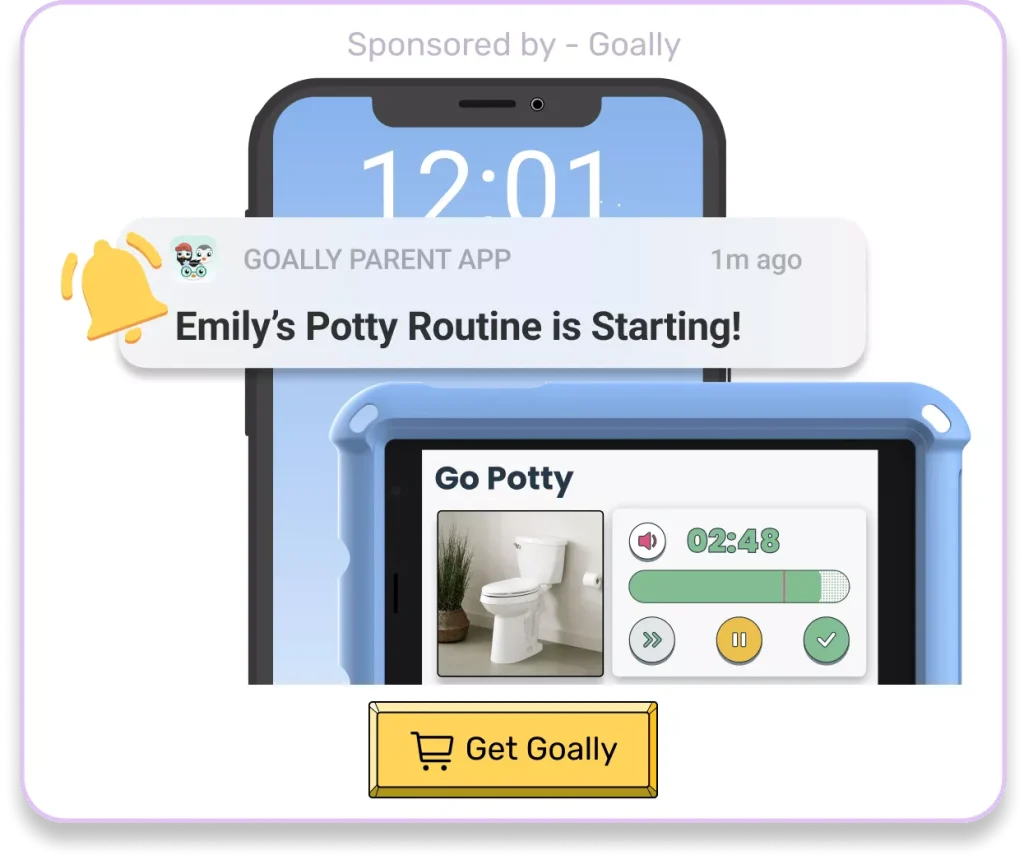If you happen to be a parent of a child with autism, you understand the challenges of supporting their development. Autism spectrum disorder (ASD) is a complex disability that affects communication, social interaction, and behavior. Each child with autism is unique, and their needs require tailored support. One way to help support your child’s development is through an autism behavior checklist. In this blog, we will explore what an autism behavior checklist is, its benefits, and how to use it in the real world. Download your autism behavior checklists below!
Table of Contents
Goally | Visual Scheduler for Autism
Does your child struggle with getting ready in the morning independently? Goally’s routine app on the best tablet for kids breaks down large tasks into small, achievable steps for autistic kids. Create custom routines with your own videos & pictures for every step.
What Is an Autism Behavior Checklist?
An autism behavior checklist is a tool that helps parents and professionals identify specific behaviors that may be associated with an autism spectrum disorder. The index typically consists of a list of behaviors that are commonly associated with autism, such as:
- Repetitive behaviors or routines
- Difficulty with social interaction
- Communication difficulties
- Sensory processing issues
- Restricted interests or fixations
The checklist may also include specific questions to help identify whether your child is displaying these behaviors. Parents, teachers, or healthcare professionals can use it to evaluate a child’s behavior and determine whether they need further assessment or support.
Benefits of Using the Checklist
There are several benefits to using an autism behavior checklist. Some of these include the following:
- Early identification and intervention: By identifying the signs of autism early, parents can seek early support for their child. This indeed can help improve their long-term results.
- Tailored support: Each child with autism is unique. Parents can tailor their support to meet their child’s needs by looking for specific behaviors.
- Clear communication: By using a checklist, parents can communicate their child’s needs more clearly to health professionals, teachers, and others who may be involved in their child’s care.

Read more: Autism Behavior Chart
Using an Autism Behavior Checklist in the Real World
Here are some ways someone might use an autism behavior checklist in the real world:
- Observing and tracking behaviors: By keeping your child’s behaviors over time and monitoring them on the checklist, you can identify patterns and changes in behavior that may indicate a need for further support.
- Sharing with professionals: You can share the checklist with healthcare professionals, teachers, or therapists working with your child. This can help them tailor their support to meet your child’s needs.
- Advocating for your child: If you suspect your child may have autism but have not yet received a diagnosis, the checklist can be a valuable tool to share with healthcare professionals to help guide the assessment process.
- Collaborating with your child’s support team: You can work with your child’s support team to identify challenging behaviors for your child and develop strategies to support them.
Goally | Routines that Actually Work
Goally’s skill building tablet for kids has routines that break down large tasks into small, achievable steps. It helps kids complete their tasks independently!

Create custom routines with your own videos & pictures for every step. The steps come in small, bite-sized pieces to help your child learn the little fundamentals (like putting the toothpaste on their toothbrush!) to achieve bigger goals. And that’s just the beginning. See it in action:
In conclusion, an autism behavior checklist can be a helpful tool for parents of children with autism. By identifying specific behaviors associated with autism, parents can tailor their support to meet their child’s needs. This will help them communicate more effectively with healthcare professionals and teachers. So, if you suspect your child to have autism, or if you are looking for ways to better support your child’s development, consider using an autism behavior checklist. Remember, every child with autism is unique, and there is no one-size-fits-all approach to supporting their development.
This post was originally published on 03/10/2023. It was updated on 06/21/2023.

Goally
We help parents teach their kids life skills, like doing bedtime and morning independently. Backed by science, we incorporate evidence-based practices and expert-informed designs in all of our apps and content.






